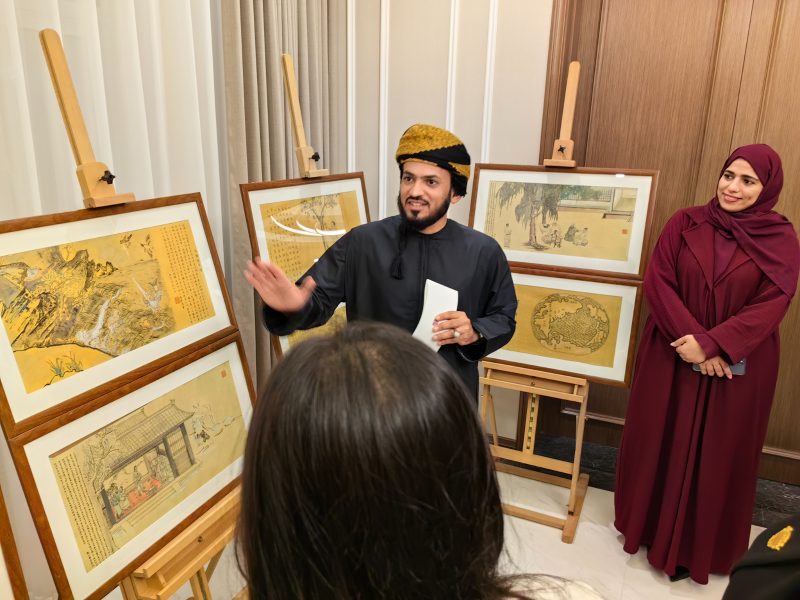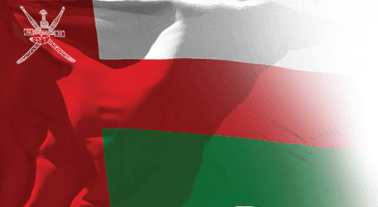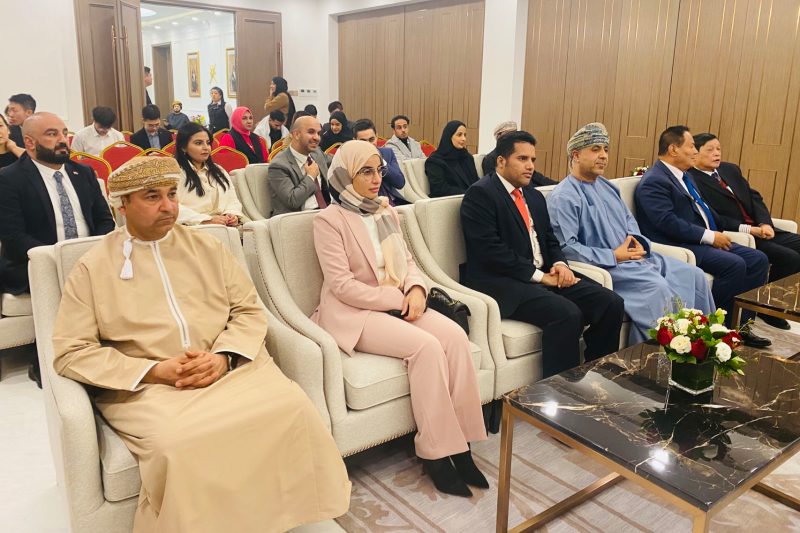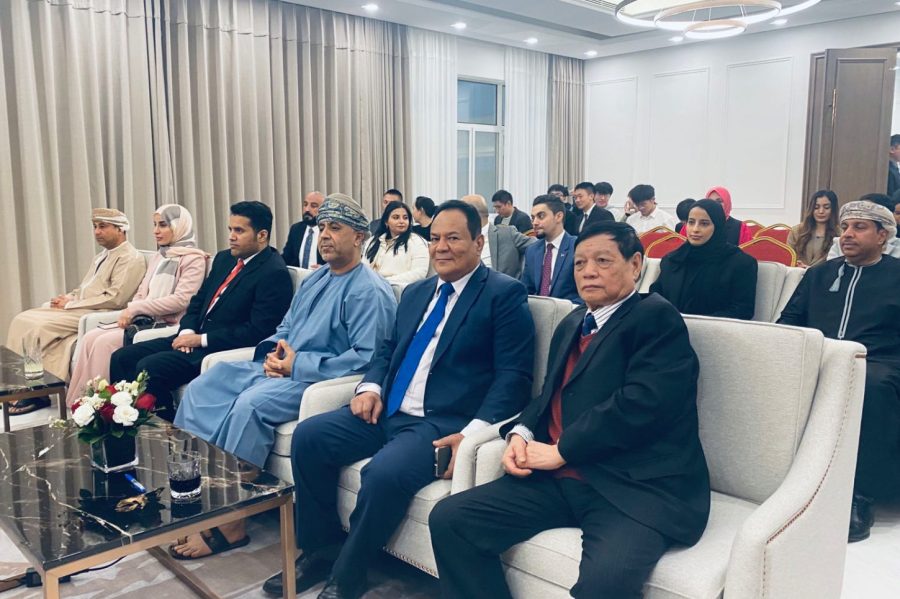
China: Embassy holds first cultural forum
On the occasion of the 45th anniversary of the establishing of diplomatic relations between the Sultanate of Oman and the People's Republic of China, the Embassy of the Sultanate of Oman organised the first cultural symposium in Muscat Hall at the mission's headquarters in the Chinese capital, Beijing.
The symposium titled “Omani-Chinese Relations: Thousands of Years into Eternity” featured a selection of Omani and Chinese speakers and was attended by representatives of diplomatic missions, researchers, academics and students.
The meeting commenced with a speech by Nasser bin Mohammed Albusaidi, Oman's ambassador to China.
He welcomed the distinguished guests and spoke about the deep-rooted and historic bilateral relations, expressing hopes for their further development and progress under the wise leadership of both countries' rulers.
This was followed by the symposium's inauguration by former Palestinian Ambassador. Mustafa Al Safarini, who discussed the long history of love, affection and cooperation between Oman and China.
He highlighted that the Maritime Silk Road, established over two thousand years ago, was the beginning of exchanges between Oman and China and the convergence of Arab and Chinese civilisations.
He noted that the present, rich with similar stories, promises a future full of valuable partnership and integration. Under the strategic guidance and patronage of His Majesty Sultan Haitham bin Tarik and President Xi Jinping, Omani-Chinese relations have become a model for bilateral relations between countries, benefiting not only the two peoples but also contributing to global peace, stability, security and development.
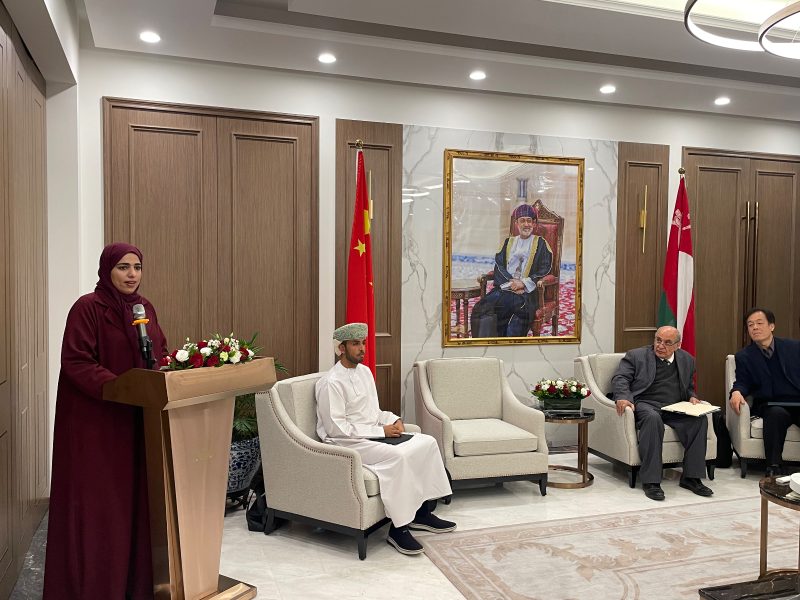
The six scientific papers presented at the symposium commenced with a presentation by Dr Mariam bint Sa'id Al Barwaniya from Sultan Qaboos University, titled “The Historical Relations between Oman and China from the Dawn of Islam to the Modern Era.”
Another paper was presented by Dr Fuchi Ming, Deputy Dean of the Foreign Languages College and Professor at the Sultan Qaboos Chair for Arabic Studies at Beijing University.
Li Yuanqing, an expert in international affairs from the Arabic CGTN television channel, addressed in his paper the mutual strategic trust, economic integration and the shared benefits of comprehensive Omani-Chinese cooperation.
At the end of the first session of the symposium, attendees watched a short documentary about the voyage of the ship Sohar, starting from its construction, its departure from the Port of Muscat in late November 1980, coinciding with the tenth anniversary of the Blessed Renaissance, up to the ship's arrival at the port of Guangzhou in China in July 1981 .
In the second session of the symposium, Dr Hong Ji, a research assistant in the Arabic Language Department at the Foreign Languages College of Beijing University, presented a paper on selections from Omani literature.
Then, Nasser bin Juma Al Harthy, a researcher in Chinese affairs and cultural exchanges, presented a scientific paper on the impact of geography on the trade relations between Oman and China through the ages, highlighting the role of Oman's strategic location and the active role its seaports can play in the future in enhancing economic and trade exchanges between Oman and China.
To conclude the symposium, Naji Al Salami, a researcher in Chinese affairs at the Belt and Road Centre of Zhejiang University of Commerce and Industry, reviewed the Chinese experience in development and innovation since the establishment of the People's Republic of China in 1949 and the potential for Arab countries to benefit from this experience and apply its policies to achieve further progress, prosperity and welfare for their peoples.
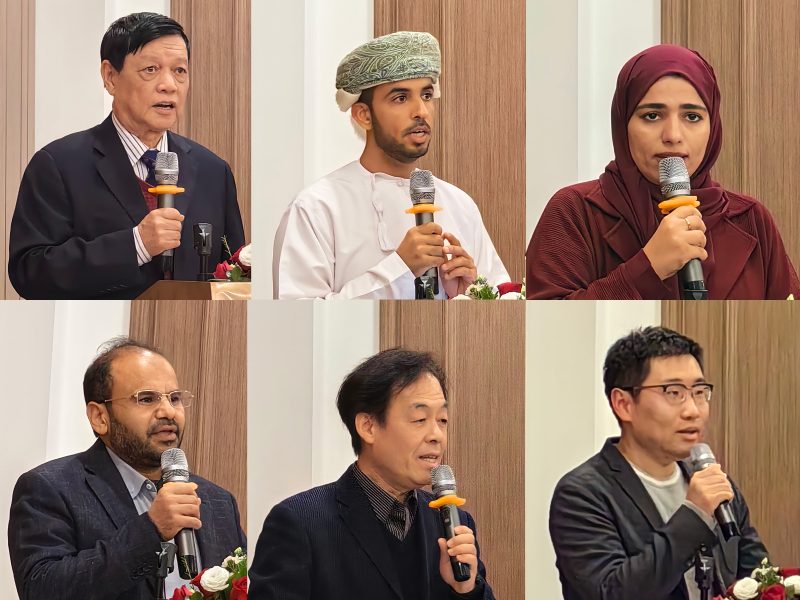
Following the conclusion of the symposium, Nasser bin Ahmed Al Rashidi, First Secretary at the Embassy of the Sultanate of Oman in Beijing, read out the symposium's final statement and the recommendations of the scientific committee headed by Sheikh Dr Mohammed bin Salem Al Harthy, representative of the Cultural Club in the Sultanate of Oman.
The recommendations were divided into three main themes: culture, literature, and science; international cooperation, trade, and investment; and scientific and cultural shows, projects, and initiatives.
The three themes encompassed thirteen recommendations, concluding with a call to deepen the concept and initiative of the Omani Frankincense Trail and to study it from various aspects.
The recommendations also included the construction of a purely Omani civilisational project based on this idea, grounded in a deep strategic vision. This vision would give rise to various Omani scientific, cultural, civilisational programmes, activities, events and works.
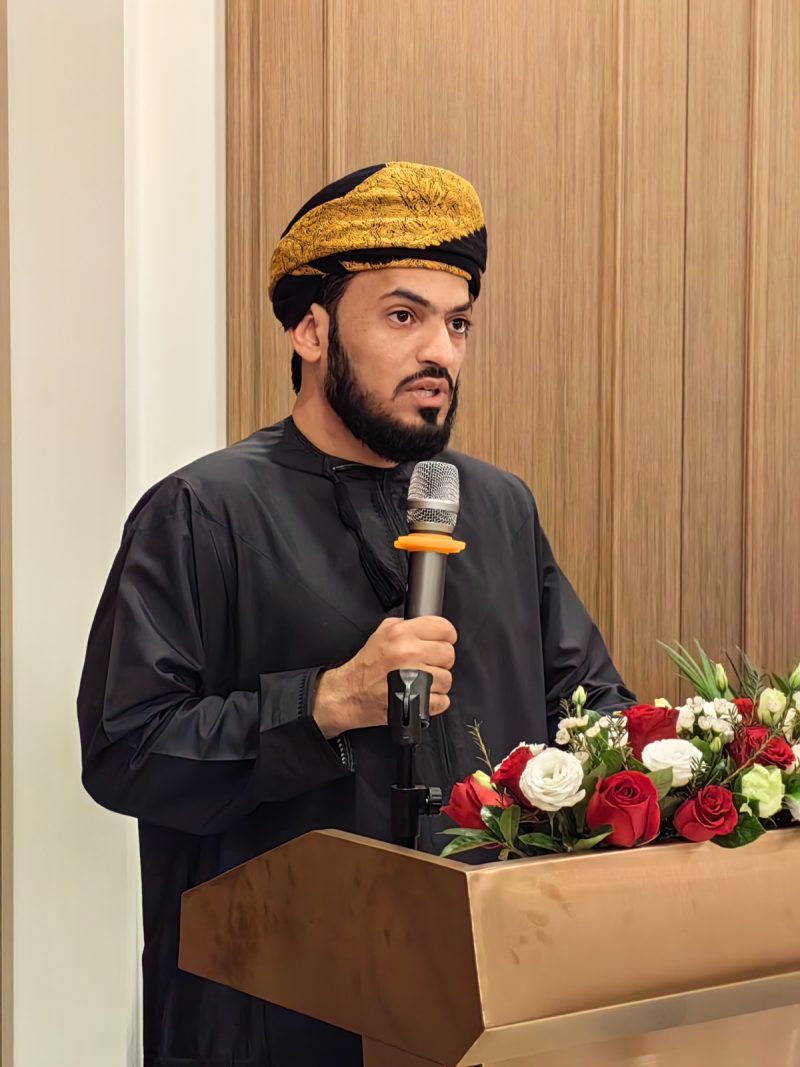
After the conclusion of the scientific symposium, attendees participated in a tour of the exhibition “The Frankincense Route.. Oman in Ancient Chinese Records” in the Dhofar Hall.
The exhibition features 19 panels with significant documentary texts related to ancient China, which were reconstructed and redesigned as inspiring illustrations using ancient Chinese painting techniques.
At the end of the meeting's programme, an open dialogue was held between Omani students and their Chinese counterparts, along with representatives of diplomatic missions, embassy members, and guests.
This was followed by a dinner banquet in honour of the attending guests, exemplifying the Omani people's inherent hospitality. An artistic souvenir was distributed, featuring the poem “Ya Man Hawahu” by Imam Said bin Ahmed Al Busaidi, celebrating this eminent Omani literary figure and commemorating the first cultural symposium at the Embassy of the Sultanate of Oman in Beijing.
This is an unofficial English version of an Arabic report. To view the official Arabic text, click here.
